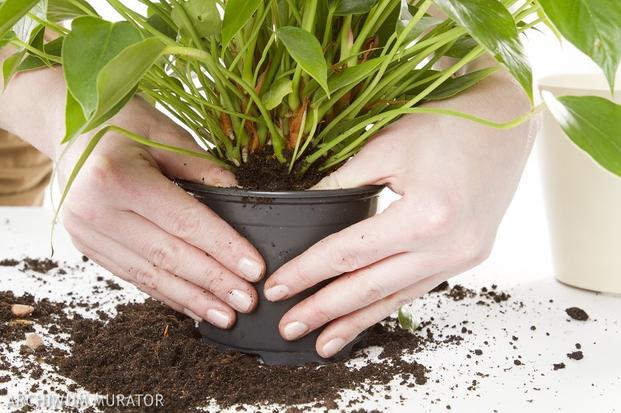 THE REPOTTING
THE REPOTTING
"Repotting" or "relocating" refers to a work process, in which the plant is moved from one pot to another (mostly larger) is transplanted. This is then necessary when caring for indoor plants, when the pot is no longer in proportion to the size of the plant and does not provide enough space for new roots to form. The root ball is then usually "matted" into a dense network of roots, and the earth is consumed. Often the plant no longer has a secure footing, because it was lifted over the edge of the pot by the mass of densely packed roots. It's usually a slowdown in growth
joy or flowering willingness of the plant to recognize, that repotting becomes urgent. For root diseases, about by constantly wet, acidified soil, transplanting is often the only reliable measure, to heal the ailing plant. In general, the leaves kept in the room are planted- and flowering plants once a year. It is sufficient for older specimens of long-lived species, they all 2 to 3 years to repot, if they are in containers that are not too small and are additionally nourished by liquid fertilizers during the main growth period.
However, the need to transplant houseplants also depends on the species-specific development process and therefore differs from species to species. Special information can be found under "care requirements" in the descriptions of the individual indoor plant species.
One usually takes the transplanting or repotting before the start of the new growing season – for most of our houseplants in the spring — before. Simultaneously with this occurs in plants such as pelargoniums or fuchsias, to grow into beautiful bushy plants, the cutback.